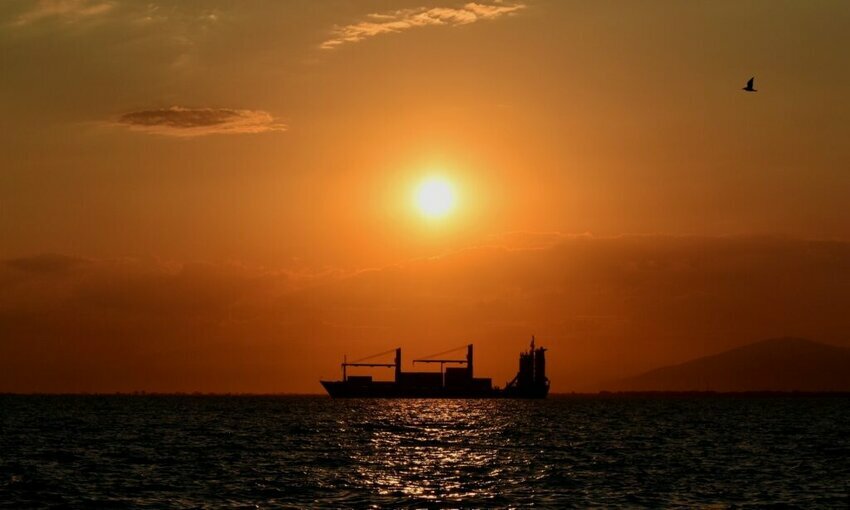
An agreement between Amogy and Ballard Power Systems will help increase the use of ammonia and fuel cells to power maritime applications.
As part of the contract, Amogy is purchasing three fuel cell engines from Ballard and Ballard will support the integration of Amogy’s ammonia reforming system in the engines. Amogy is currently developing the technology for maritime vessels and has plans for tank barge and tugboat operations.
Amogy’s ammonia-to-power platform uses an ammonia-cracking technology that facilitates the extraction of hydrogen for fuel in a hydrogen engine. Ballard’s FCwave engine is a scalable fuel cell system that is certified for maritime operations.
Amogy will initially purchase three 200-kilowatt FCwave engines, with Ballard delivering them for maritime deployment in 2023. An additional seven engines are expected to be ordered pending the success of the initial project.
Ammonia is seen as a low-carbon energy source, and its energy volume is nearly twice as much as liquid hydrogen and is easier to transport and store, according to Science.org. It can also be converted back into hydrogen and used to power fuel cells.
The maritime industry has seen an increase in low-carbon initiatives of late, and with that has come to a focus on developing technology for vessels that reduces emissions.
The International Maritime Organization is implementing several emissions-reduction targets, including a goal of reducing greenhouse gas emissions of global fleets by 40% by 2030 and 70% by 2050. Beginning next year, the organization will also require ship owners to report their carbon intensity scores.
The European Union recently said it would add the maritime industry to its emission trading scheme, and vessels will have to purchase carbon credits to cover their emitted emissions in EU waters. Starting in 2024 ships will have to cover 40% of their emissions and 100% of their emissions by 2026.
Using alternative fuels is one piece of lowering emissions in the industry. Shell is partnering with HyAxiom, Korea Shipbuilding & Offshore Engineering, DNV, and Doosan Fuel Cell Company, to develop a vessel powered by solid oxide fuel cells by 2025. Last year a hydrogen fueling of a commercial marine vessel took place in the United States.
Germany’s MAN Energy Solutions is also developing an ammonia-based engine that will be available by 2024, as well as a retrofit engine by 2025. The engines will also be compatible with methanol and liquefied natural gas.
As the fuel cell market grows, it is expected to be valued at nearly $80.5 billion by the end of the decade, and more hydrogen and ammonia collaborations take place, Amogy and Ballard see their agreement as one that can spur low-carbon maritime operations. Especially with the use of ammonia-to-power platforms.
“We believe Amogy's onboard capabilities to convert ammonia to gaseous hydrogen combined with our fuel cell engines will be a major milestone to achieve decarbonization in the marine sector," says Søren Østergaard Hansen, general manager of marine and stationary for Ballard Power Systems Europe A/S.